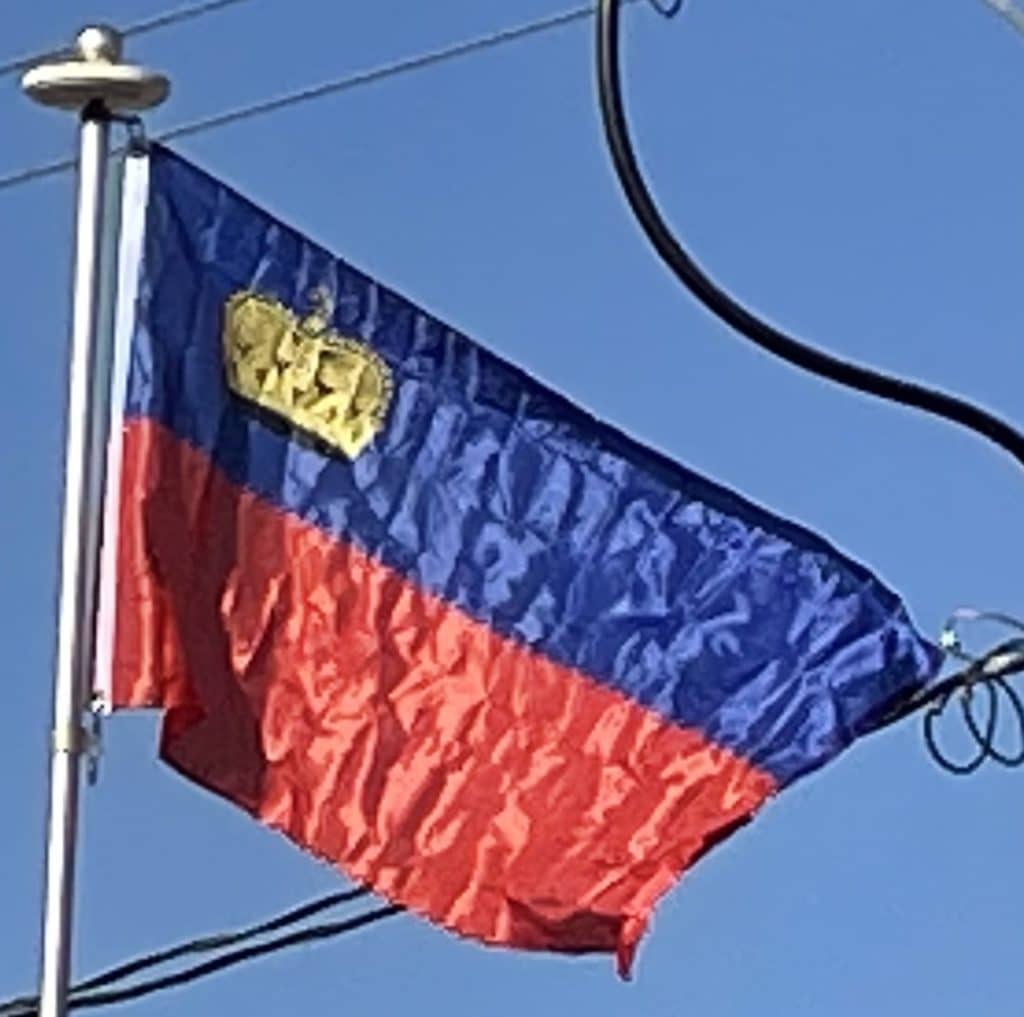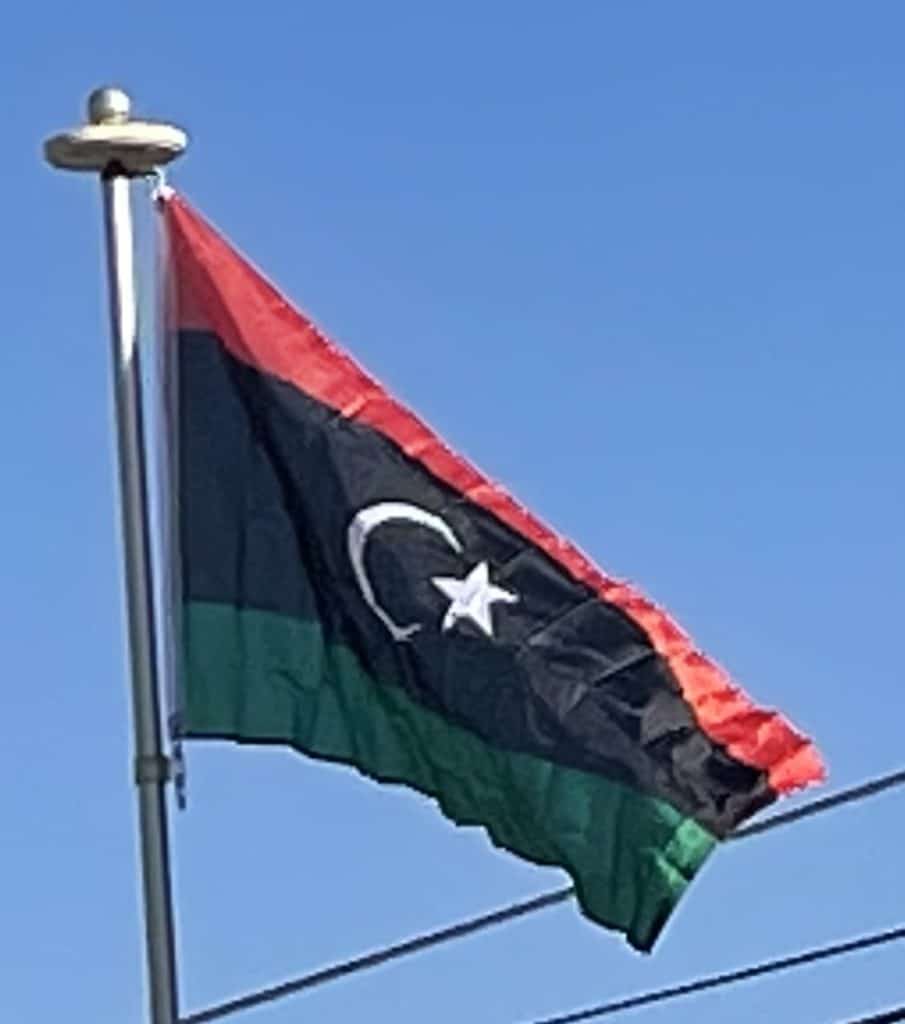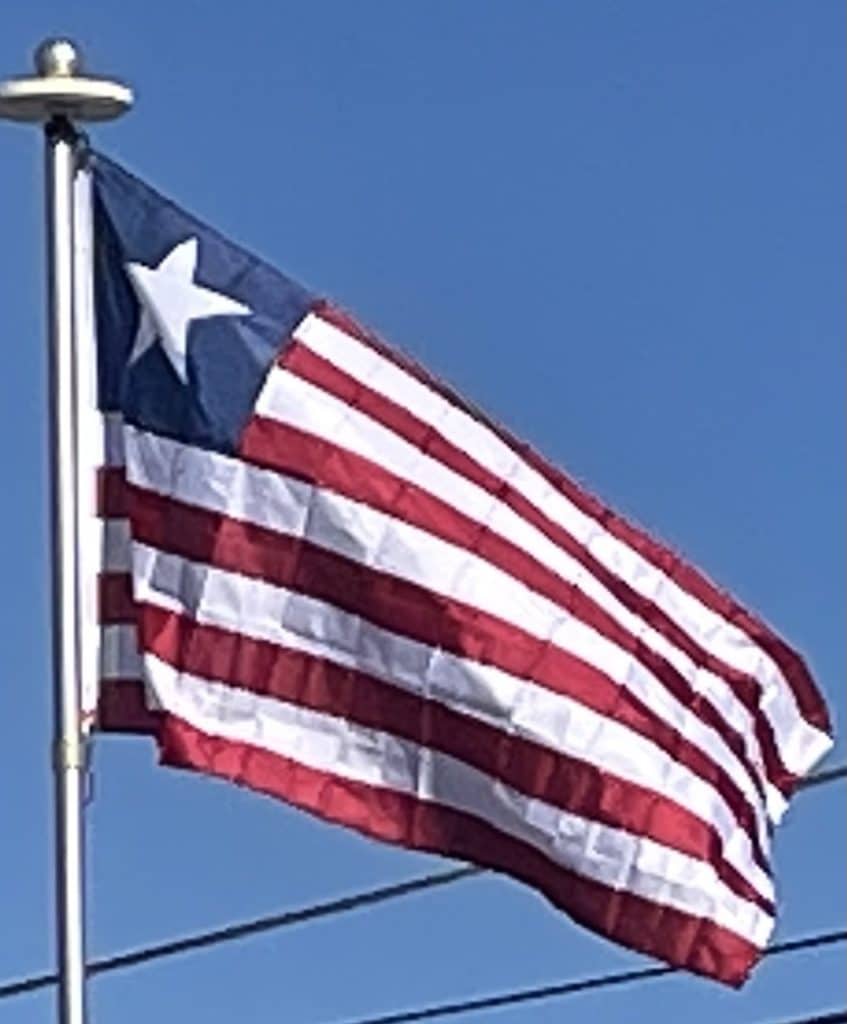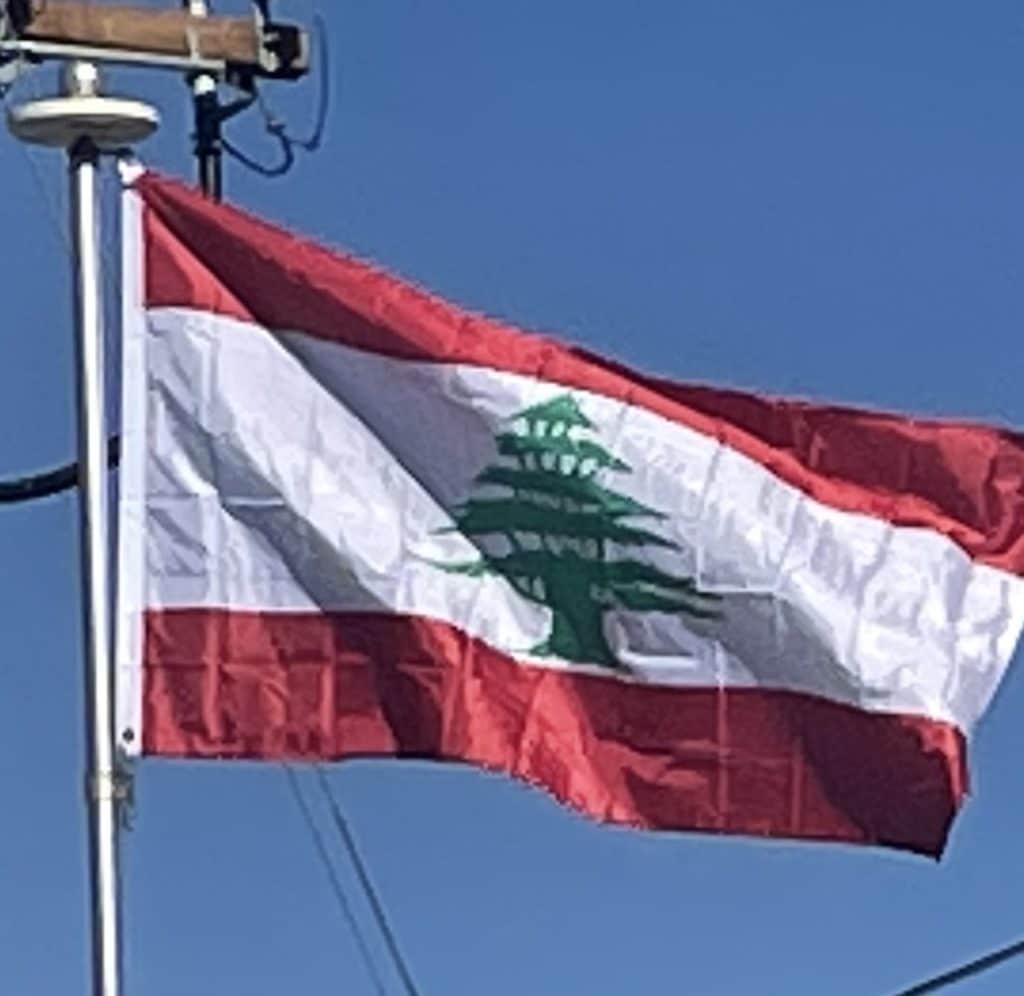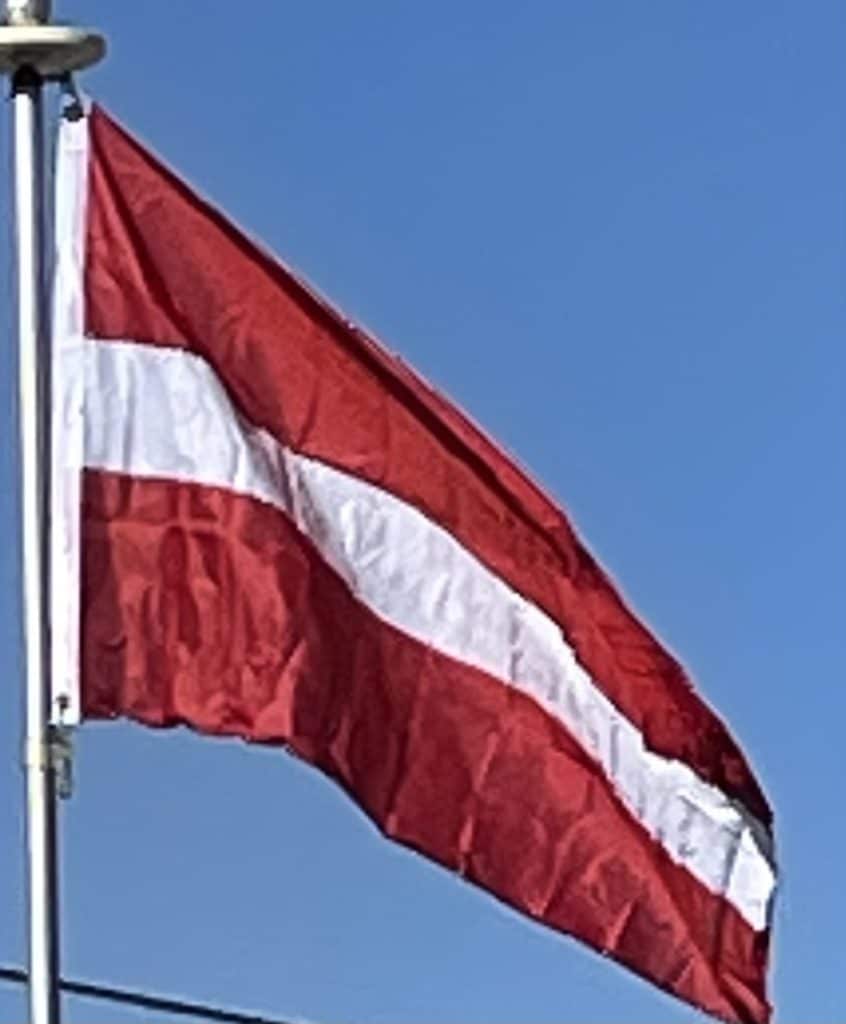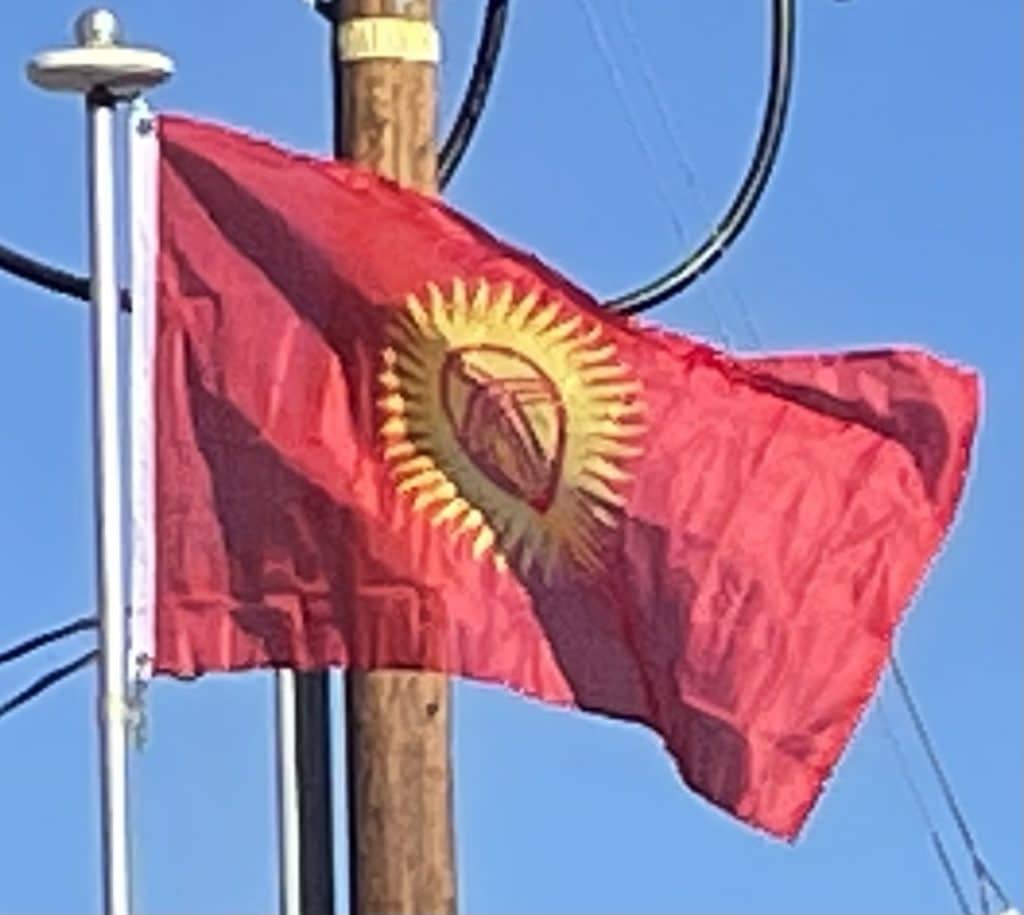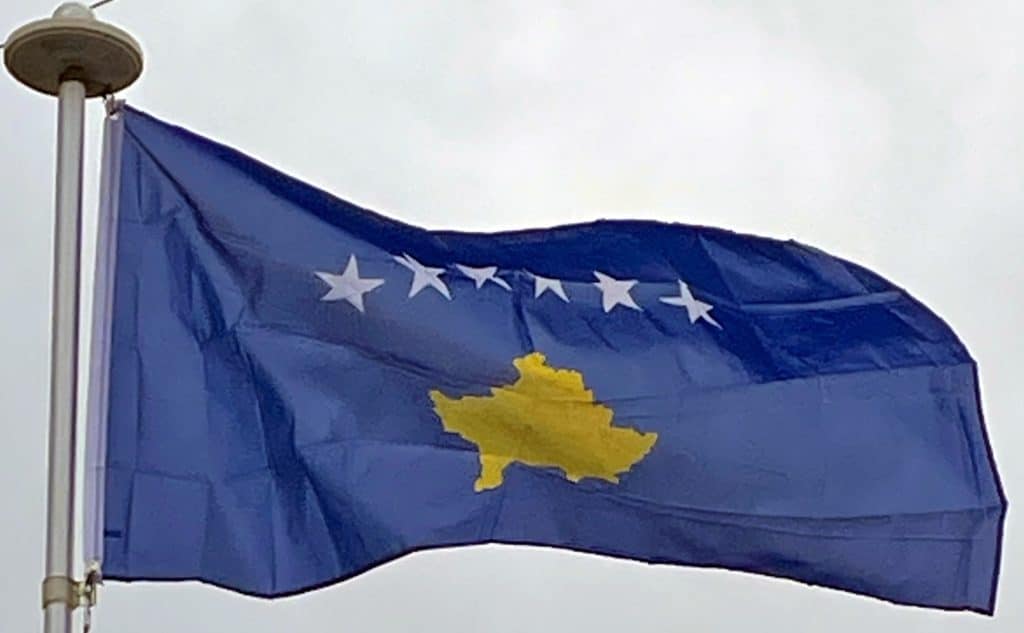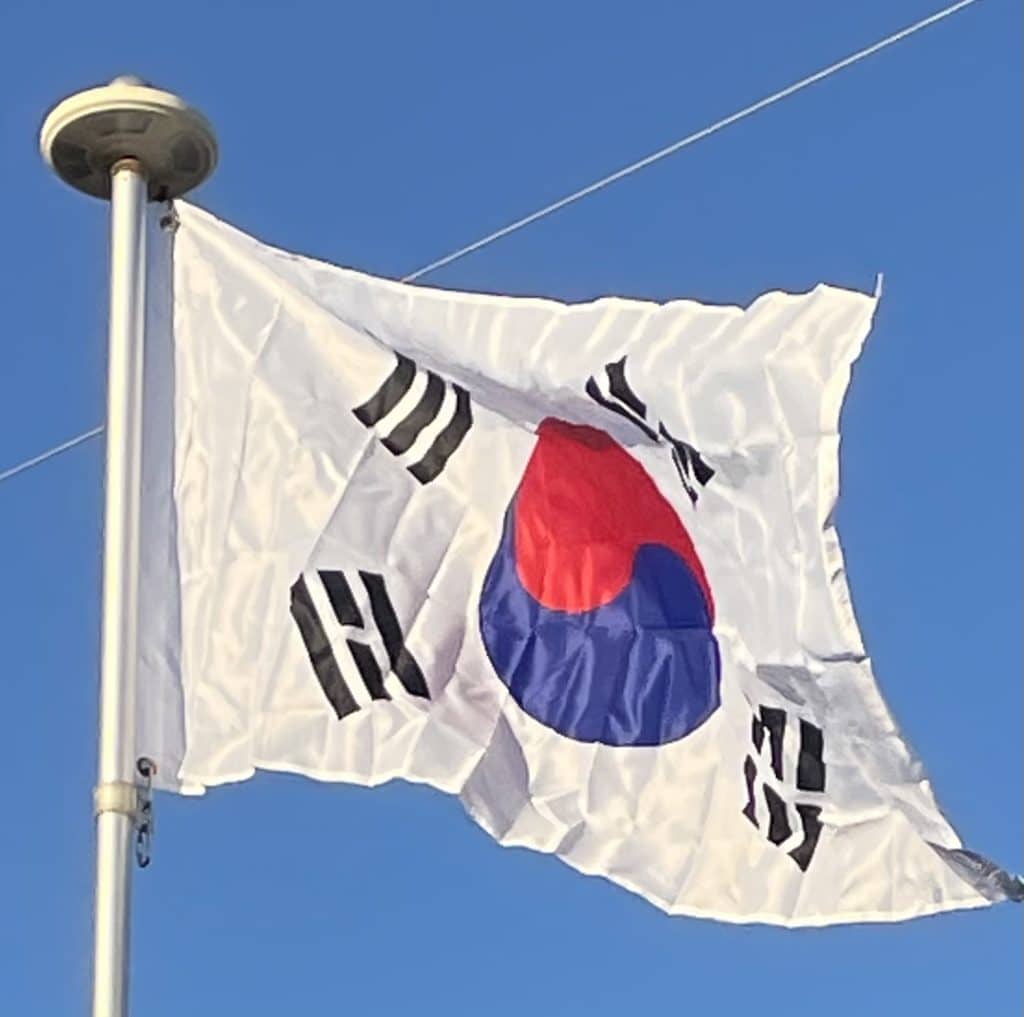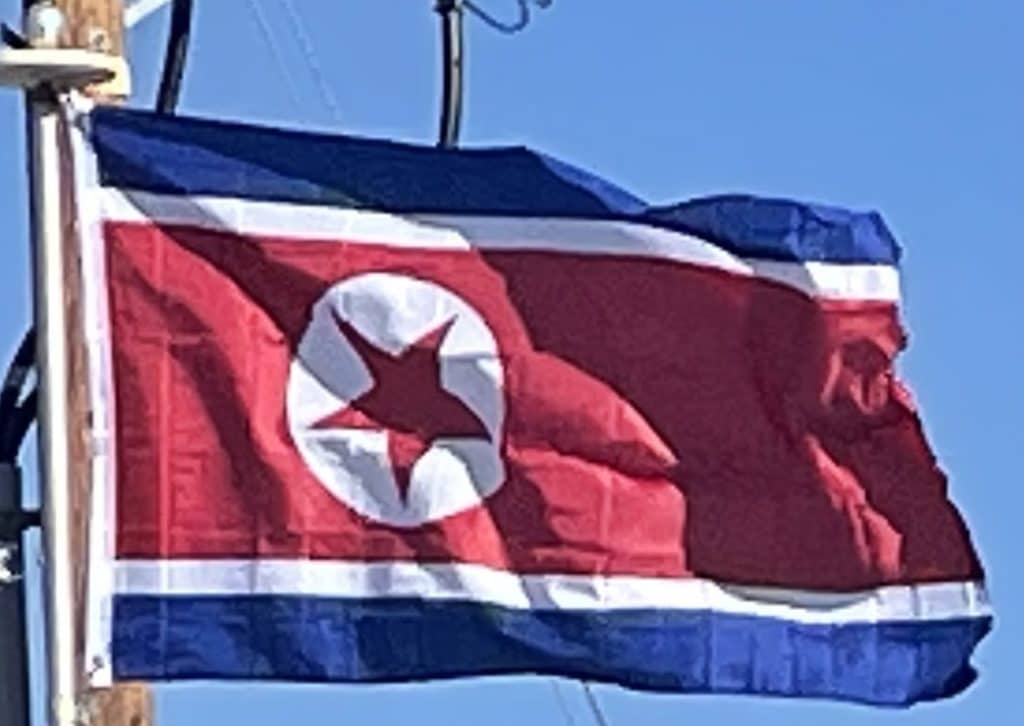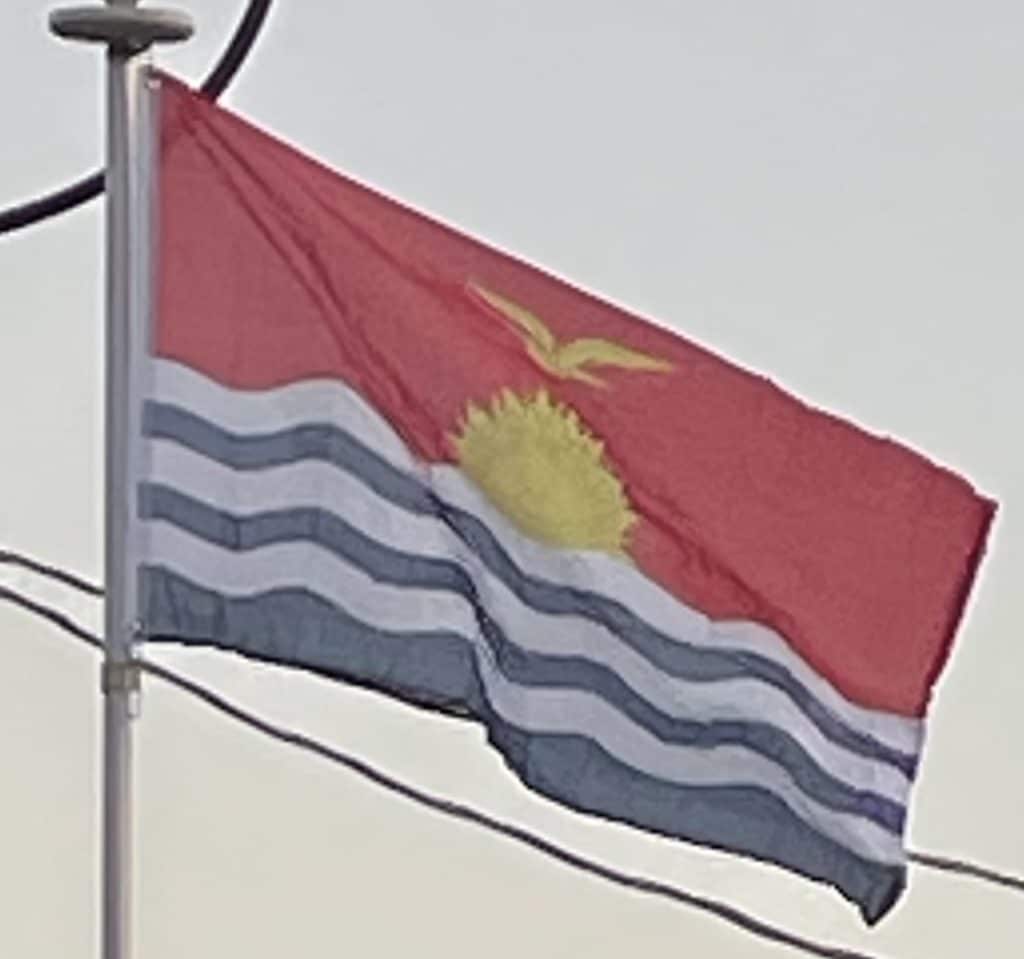Liechtenstein
The flag of Liechtenstein is the national flag of the Principality of Liechtenstein. It consists of two horizontal blue and red bands charged with a gold crown in the canton. In use since 1764 and officially enshrined into the nation’s constitution in 1921, it has been the flag of the principality since that year. The crown was added to the flag in 1937 after the country found out at the Summer Olympics held the previous year that their flag was identical to the civil flag of Haiti.
